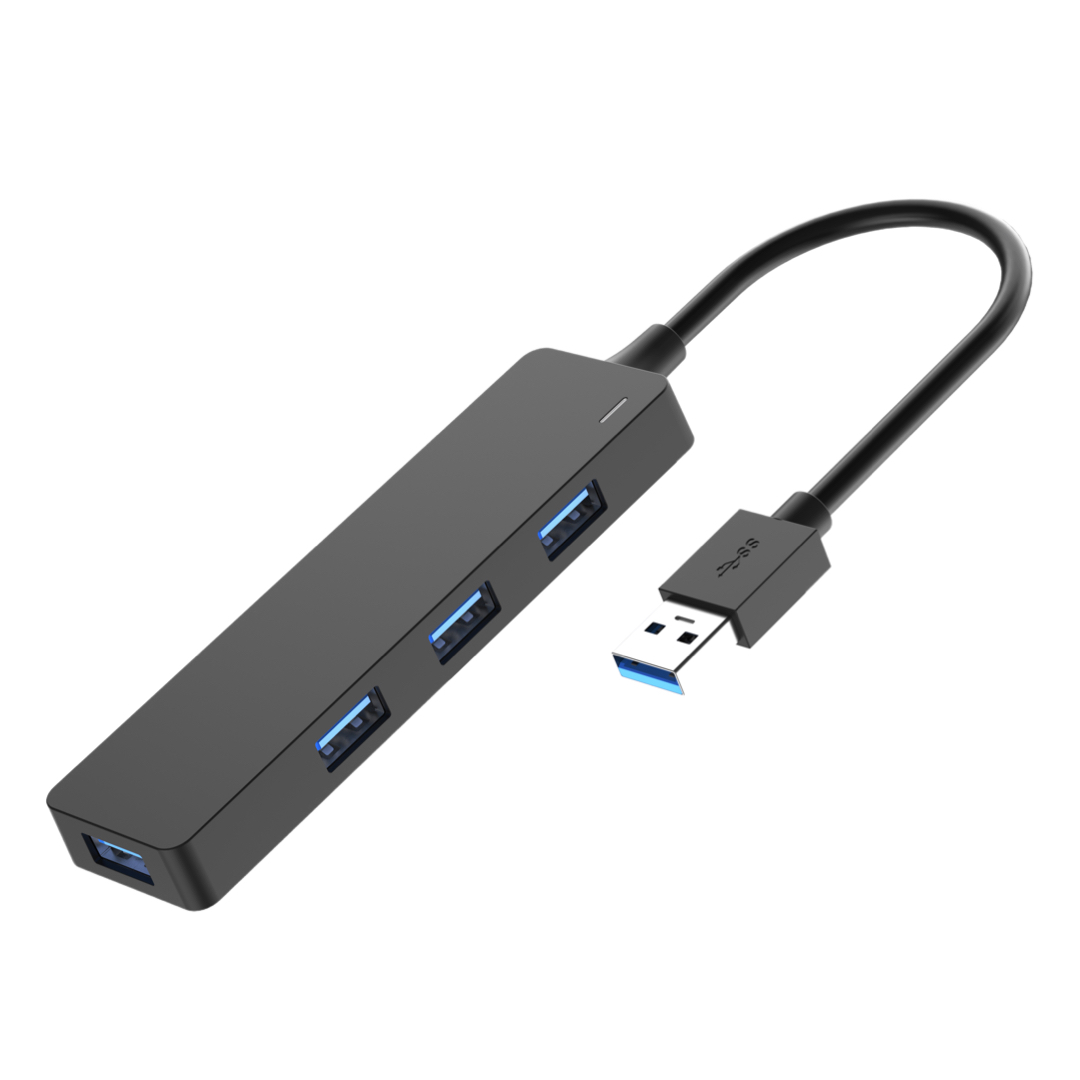Maximize Efficiency with USB Hubs: A Comprehensive Guide
In today's digital age, we rely heavily on various devices that require USB connections. From smartphones and tablets to laptops and gaming consoles, the number of USB peripherals we use continues to grow. However, with limited USB ports on our devices, managing all these connections efficiently can be challenging. This is where USB hubs come in. In this ultimate guide, we will explore everything you need to know about USB hubs and how they can streamline your setup.
1. Understanding USB Hubs: What Are They and How Do They Work?
USB hubs are devices that expand the number of USB ports available on your device. They serve as a central connection point, allowing you to connect multiple USB devices simultaneously. A USB hub connects to your computer or laptop via a single USB port and provides additional ports for connecting devices such as keyboards, mice, external hard drives, printers, and more. It acts as a bridge, enabling data transfer and power delivery between your device and peripherals.
2. Types of USB Hubs: Choosing the Right One for Your Needs
USB hubs come in various types and configurations, each catering to specific requirements. Understanding the different types will help you choose the right USB hub for your setup. There are powered and unpowered hubs, USB 2.0 and USB 3.0 hubs, compact and desktop hubs, and even specialized hubs for specific purposes such as charging or data syncing. We will delve into each type, highlight their features, and help you make an informed decision.

3. Factors to Consider When Buying a USB Hub
When purchasing a USB hub, several factors need to be considered to ensure compatibility and optimal performance. These include the number of ports required, power requirements of your devices, data transfer speeds, compatibility with your device's operating system, and the overall build quality. We will guide you through each of these factors, equipping you with the knowledge to make the right choice.
4. Setting Up and Using Your USB Hub Effectively
Once you have chosen and purchased the appropriate USB hub, it's crucial to set it up correctly to maximize its benefits. We will provide a step-by-step guide on how to connect and configure your USB hub, including tips on cable management, power distribution, and organizing your peripherals. Additionally, we will discuss best practices for using a USB hub efficiently, ensuring smooth data transfer and uninterrupted device charging.
5. Troubleshooting USB Hub Issues
Like any technology, USB hubs may encounter occasional issues that hinder their performance. In this section, we will address common problems that users may face when using USB hubs, such as connectivity issues, power-related problems, and device recognition errors. We will offer troubleshooting tips and solutions to help you overcome these challenges and keep your USB hub functioning optimally.
In conclusion, USB hubs are invaluable tools for simplifying and optimizing your device setup. By expanding the number of available USB ports, they allow you to connect multiple devices simultaneously, enhancing productivity and convenience. Understanding the different types, choosing the right hub, considering essential factors, setting it up effectively, and troubleshooting any issues will ensure a seamless experience with your USB hub. So, streamline your setup today with a USB hub and take control of your digital world!



